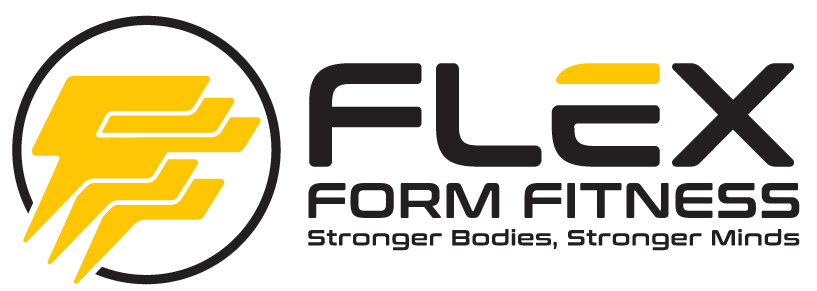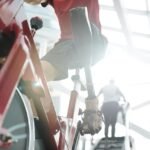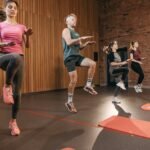Recovery is an essential part of any athlete’s training programme. It is often overlooked in favour of intense workouts and training regimens. However, without proper recovery, athletes are more prone to injuries and burnout. Incorporating athlete recovery techniques can lead to better performance and longevity in one’s athletic career.
In this article, we will explore some of the most effective recovery methods available to athletes. These techniques include foam rolling, massage, and stretching. Each has its own benefits and can be integrated into daily or weekly routines. Understanding these methods and how to apply them correctly can make a significant difference in an athlete’s performance and overall well-being.
Foam rolling, massage, and stretching are just a few of the many ways athletes can aid their recovery. We will delve into each of these techniques, providing practical advice on how to incorporate them into your routine. By doing so, you can ensure that your body is ready to perform at its best, day in and day out.
Foam Rolling
Foam rolling is a self-myofascial release technique that helps relieve muscle tightness and improve flexibility. This method uses a foam roller to apply pressure to specific points on the body. It can help to break up knots in the muscles and improve blood flow.
Benefits of Foam Rolling
Foam rolling helps to reduce muscle soreness and inflammation. It can also improve range of motion, making it easier to perform exercises with proper form. Additionally, it can aid in faster recovery by increasing blood flow to the muscles, which helps to deliver essential nutrients needed for repair.
How to Incorporate Foam Rolling
To incorporate foam rolling into your routine, start with a few minutes before and after your workouts. Focus on the major muscle groups you use during exercise. Roll slowly over each muscle group, pausing on any tender spots for about 30 seconds. This will help to release tension and improve muscle elasticity.
Massage
Massage is another effective recovery technique that can benefit athletes. It involves manipulating the muscles and soft tissues to enhance their function. There are various types of massage, including Swedish, deep tissue, and sports massage, each offering unique benefits.
Benefits of Massage
Massage can help to reduce muscle tension, improve circulation, and promote relaxation. It can also aid in the recovery of injuries by increasing the flow of oxygen and nutrients to the affected areas. Regular massage sessions can lead to improved flexibility and reduced muscle stiffness.
How to Incorporate Massage
Athletes can incorporate massage into their routine by scheduling regular sessions with a professional therapist. For those who prefer self-massage, tools like massage balls and handheld massagers can be used at home. Focus on areas that are particularly tight or sore, and spend a few minutes each day working on these spots to maintain muscle health.

Stretching
Stretching is a fundamental aspect of any fitness regimen. It helps to improve flexibility, reduce muscle stiffness, and prevent injuries. There are two main types of stretching: dynamic and static.
Dynamic Stretching
Dynamic stretching involves moving parts of your body through a full range of motion. It is typically done before workouts to prepare the muscles for activity. This type of stretching helps to increase blood flow and improve flexibility.
Static Stretching
Static stretching, on the other hand, involves holding a stretch for a prolonged period. This is usually done after workouts to help the muscles relax and return to their resting length. Static stretching can help to reduce muscle stiffness and improve flexibility over time.
How to Incorporate Stretching
Incorporate dynamic stretching into your warm-up routine to prepare your body for exercise. Spend about 5-10 minutes performing movements like leg swings, arm circles, and torso twists. After your workout, spend another 5-10 minutes doing static stretches, holding each stretch for at least 30 seconds. Focus on the major muscle groups used during your workout to ensure they are properly stretched and relaxed.
Importance of Recovery Nutrition
Nutrition plays a crucial role in the recovery process. Consuming the right nutrients after a workout can help to repair and rebuild muscle tissue, replenish energy stores, and reduce inflammation.

Post-Workout Nutrition
After a workout, aim to consume a meal or snack that includes both protein and carbohydrates. Protein helps to repair and build muscle, while carbohydrates replenish glycogen stores that are depleted during exercise. Good post-workout options include a protein shake with a banana, a turkey sandwich, or Greek yoghurt with berries.
Hydration
Staying hydrated is also essential for recovery. Water helps to transport nutrients throughout the body and aids in the removal of waste products. Make sure to drink plenty of water before, during, and after your workouts to stay hydrated and support your recovery.
The Role of Sleep in Recovery
Sleep is one of the most critical factors in the recovery process. It is during sleep that the body repairs and rebuilds muscle tissue, and the mind rejuvenates.
Benefits of Quality Sleep
Quality sleep can lead to improved performance, better focus, and reduced risk of injury. During deep sleep, the body releases growth hormone, which is essential for muscle repair and growth. Aim for 7-9 hours of sleep per night to ensure your body has enough time to recover.
Tips for Better Sleep
To improve sleep quality, establish a regular sleep routine by going to bed and waking up at the same time each day. Create a relaxing bedtime routine to signal to your body that it is time to wind down. This might include activities like reading, taking a warm bath, or practising meditation. Ensure your sleep environment is conducive to rest by keeping the room dark, quiet, and cool.
Active Recovery
Active recovery involves engaging in low-intensity exercise on rest days to help promote blood flow and reduce muscle stiffness. Activities like walking, swimming, and yoga are excellent options for active recovery.
Benefits of Active Recovery
Active recovery can help to reduce muscle soreness, improve flexibility, and promote relaxation. It also helps to maintain a routine without putting additional stress on the body.
How to Incorporate Active Recovery
Include active recovery days in your training schedule, especially after intense workout sessions. Aim for about 30 minutes of low-intensity activity, focusing on movements that you enjoy and that help you to relax.

Conclusion
Incorporating effective recovery techniques is crucial for athletes to maintain peak performance and prevent injuries. Foam rolling, massage, and stretching are key methods that can be easily integrated into daily routines. Additionally, focusing on proper nutrition, hydration, sleep, and active recovery can further enhance the recovery process.
By prioritising recovery, athletes can ensure that their bodies are ready to perform at their best. Taking the time to care for your muscles and overall well-being is not only beneficial for immediate performance but also for long-term athletic success. Remember, recovery is just as important as training, and finding the right balance will lead to optimal results.





